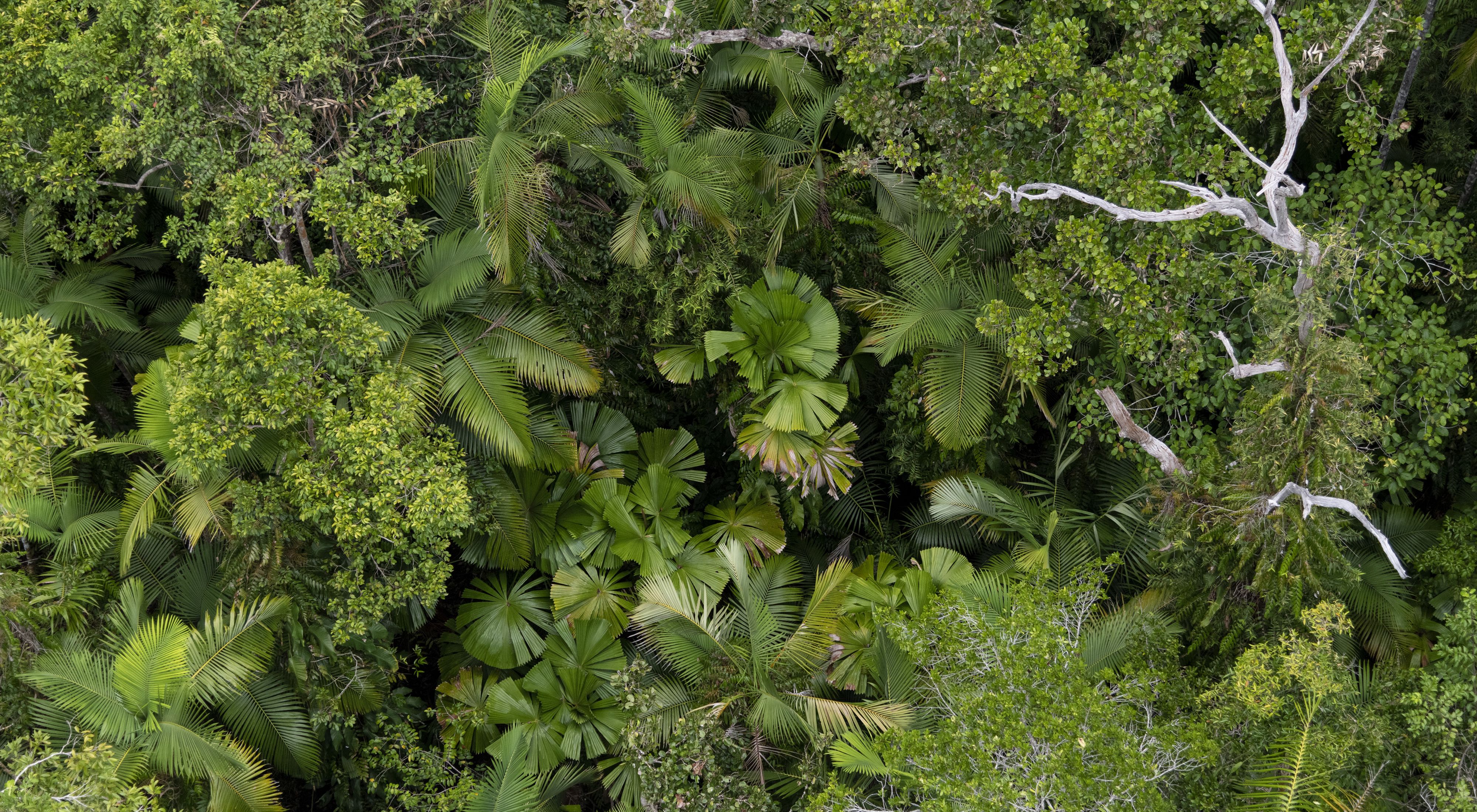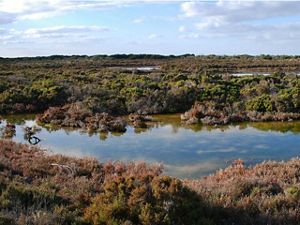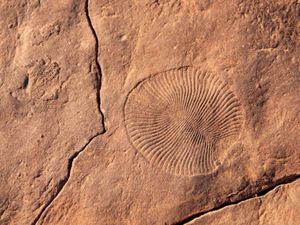Bramwell and Richardson Stations on the Cape York Peninsula are a jewel in Australia’s conservation crown. These two adjoining properties cover an impressive 131,900 hectares and are home to an array of precious wildlife, landscapes and unique ecosystems.
The area, located 620 kilometres north of Cairns, is one of the most biodiverse in the world. It includes rainforests, wetlands, woodland plains and freshwater ecosystems. It’s the habitat of many unique species, including the Palm Cockatoo.
Quote: DR JAMES FITZSIMONS
The properties present significant conservation values with a number of threatened and under-represented ecosystems
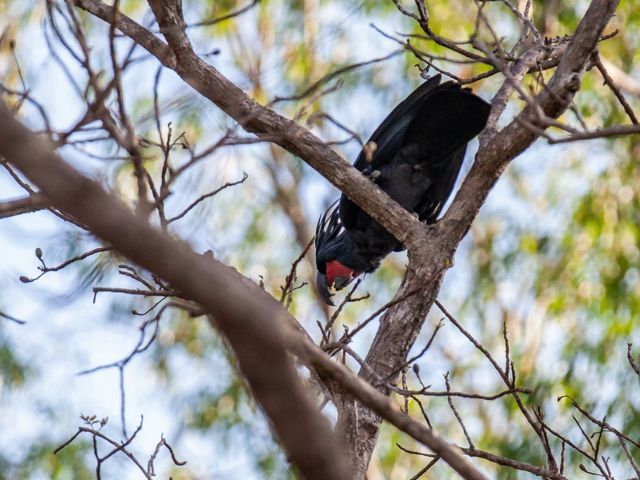
Safe return of Indigenous land
The Nature Conservancy (TNC) played a key role in this historical land purchase by brokering contributions from charitable foundations, including from the Wyss Foundation and artist Haley Mellin’s Art into Acres initiative.
The Queensland Government said the property would return to First Nations ownership and management through negotiation as part of the Cape York Peninsula Tenure Resolution Program. The Program will determine which areas of the land will become a jointly managed national park and which areas will become freehold land for First Nations peoples.
MEDIA GALLERY:
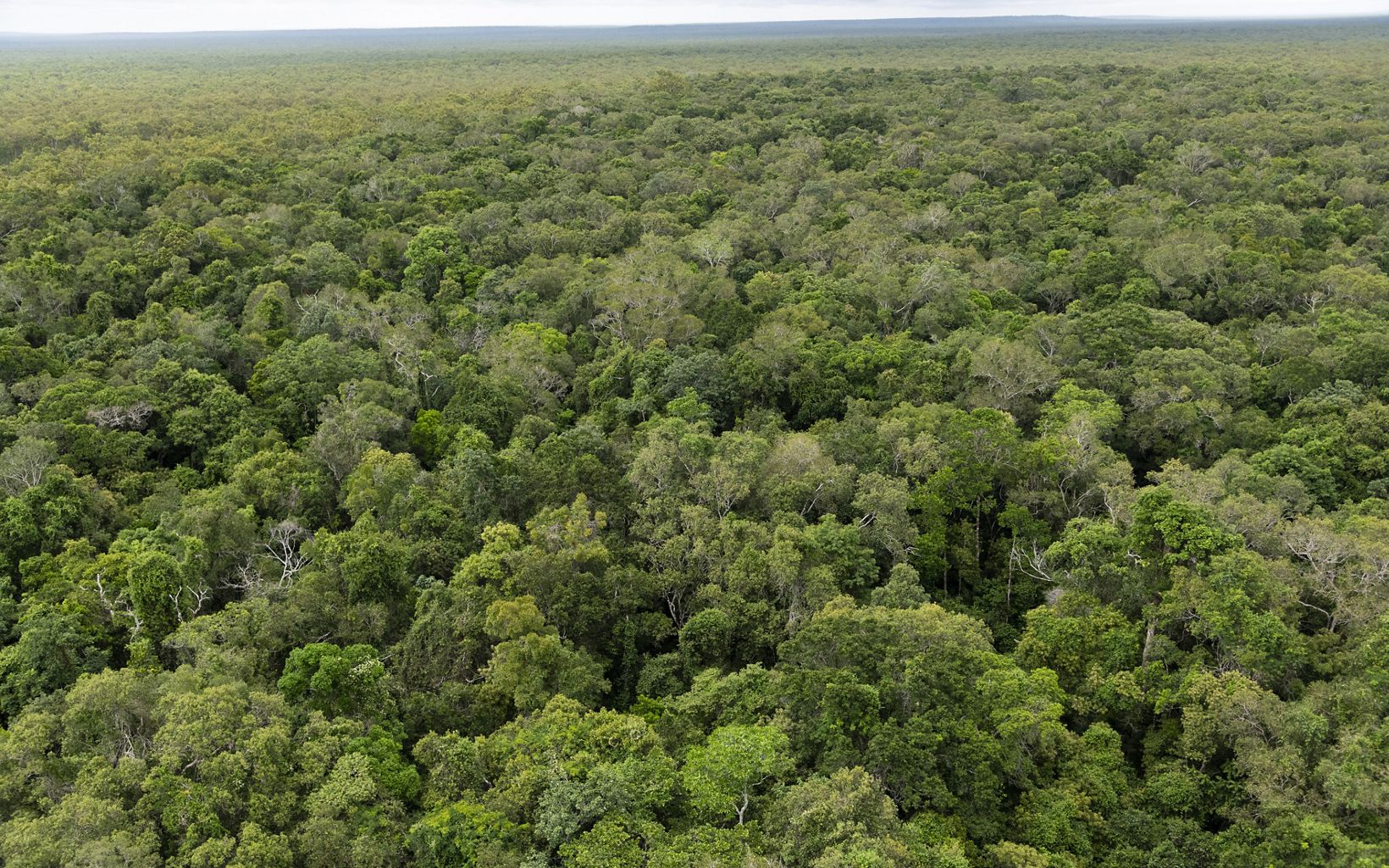
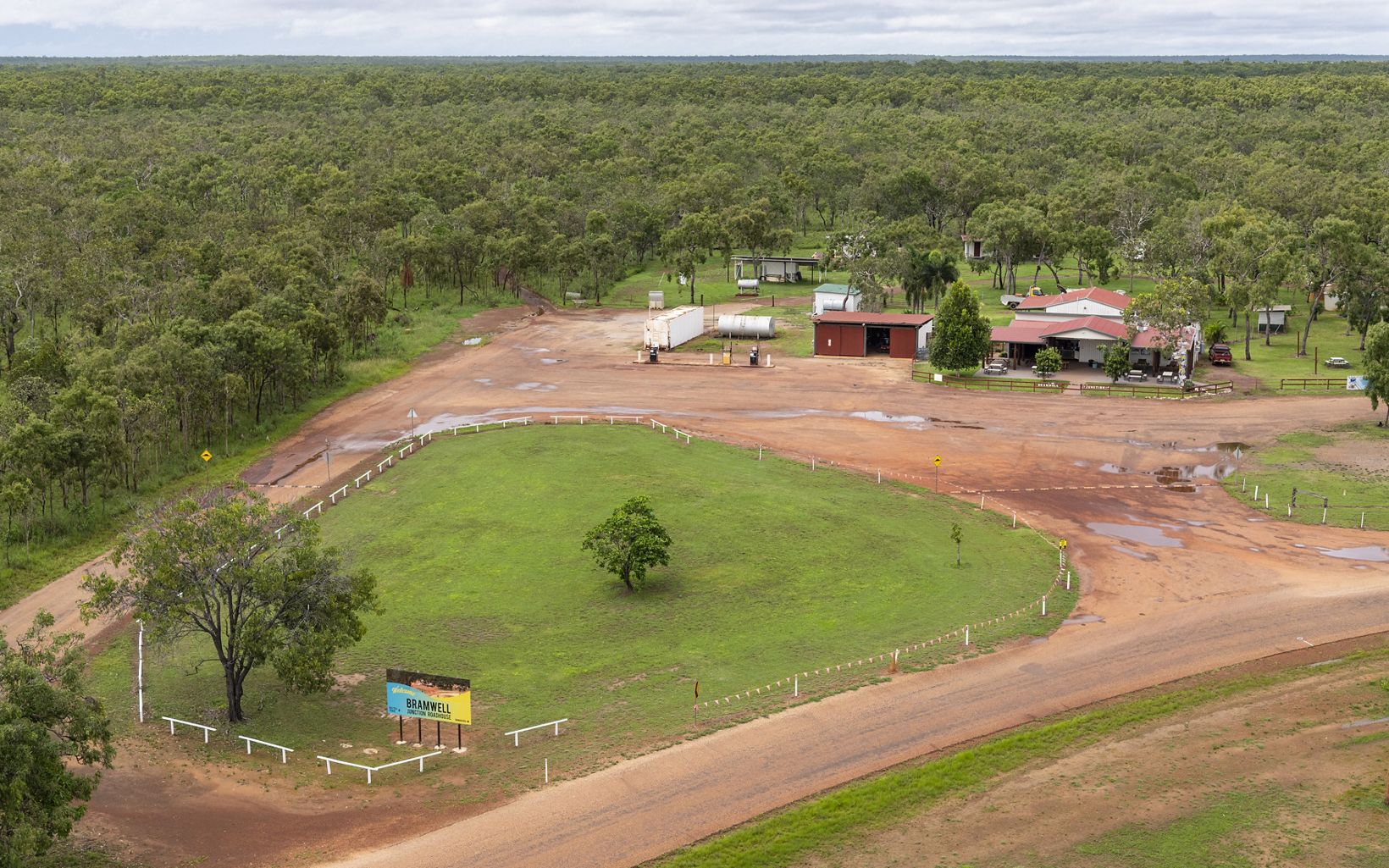

A win for the Great Barrier Reef
The region is home to a number of threatened ecosystems and animal species which need urgent protection. This purchase is not only a win for conservation in Cape York, but also for the Great Barrier Reef.
This area has two significant catchment areas that flow directly into the Great Barrier Reef lagoon. Conserving water at the source of the region’s rivers, streams and wetlands is essential for the health of the reef.
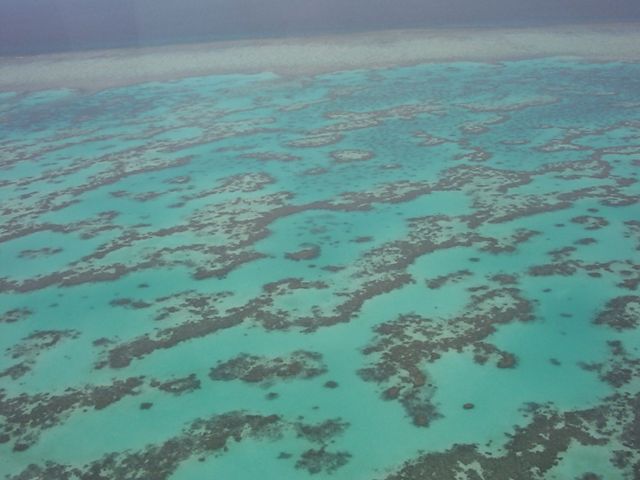
First Nations joint management together with Queensland National Parks will protect the National Park from mining and intensive farming that could have a negative impact on water quality. These protections ensure the health of local water ecosystems and subsequent water flowing out to the reef.
A global effort
The purchase of the Bramwell and Richardson properties has been called one of the most significant in Australian conservation history, mostly due to its unique biodiversity. The drive to see it protected has been an international effort.
The deal was secured in partnership with charitable foundations, including up to USD $2.36 million from the Wyss Campaign for Nature and from artist Haley Mellin’s Art into Acres initiative.
This comes shortly after the acquisition of a property known as The Lakes by the Queensland Government. This purchase was also supported by a grant from TNC with funding from the Wyss Campaign for Nature.
The protection of this area is a significant achievement for conservation in Australia. And it’s part of TNC’s commitment to the “30 by 30” global biodiversity target. This is an international agreement to protect 30% of the Earth’s lands and oceans by 2030.
Conservation on this grand scale is vital in the fight against climate change. With Traditional Owners managing country and protected areas, this purchase is also an important step towards a more sustainable future for Australian landscapes.
Quote: DR JAMES FITZSIMONS
A strong commitment is paramount to tackle the growing loss of ecosystems and species and preserve the critical role they play in carbon storage, water quality and food provision.
Management of the land by Traditional Owners will ensure that the landscapes and wildlife that call it home will thrive for centuries to come.
At The Nature Conservancy, we’re passionate about conserving the lands and waters we all rely on. Will you help us deliver more high impact conservation today?
Help protect precious landscapes like Cape York
Will you help us conserve important habitats in the fight against climate change?
Donate Now